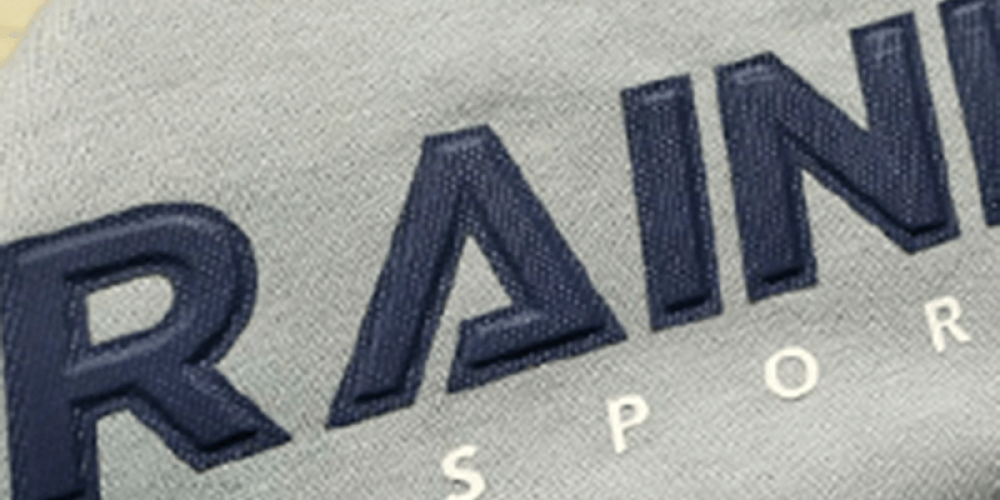
1. Textiles:
Embossing machines are widely used for creating patterns, blister effects, wrinkles, and logos on various textiles. These fabrics may include natural fibers like cotton, linen, and wool, as well as synthetic fibers such as polyester and nylon. Through embossing, textiles acquire unique patterns and textures, enhancing both aesthetic appeal and product value.
2. Paper:
Paper is one of the most common materials processed by embossing machines. The technique allows the creation of floral, botanical, animal, and other designs on paper products. This is widely applied in stationery production (greeting cards, bookmarks, envelopes) and decorative packaging to increase visual appeal.
3. Plastics:
Embossing machines also work extensively with plastic materials. Both flexible plastics (PVC, EVA) and rigid plastics (PET, PETG) can undergo embossing. This process is crucial in manufacturing plastic packaging, toys, and household items.
4. Leather:
Specialized leather embossing machines create distinctive textures and patterns on natural leather (cowhide, sheepskin) and artificial leather (PU, PVC). These embossed materials are used for leather goods, footwear, and apparel production.
5. Metal:
Though less common, specific embossing machines can process thin metal sheets. This application is typically reserved for crafting metal artworks and decorative items.
6. Non-woven Fabrics, Coated Materials & Synthetic Leather:
These materials are also embossed to meet diverse industry demands for both functional performance and visual aesthetics.
7. Specialized Materials:
Beyond conventional materials, embossing machines can process composite leather, composite fabrics, and other hybrid materials. These multi-layered materials gain enhanced functionality and appearance through embossing treatments.